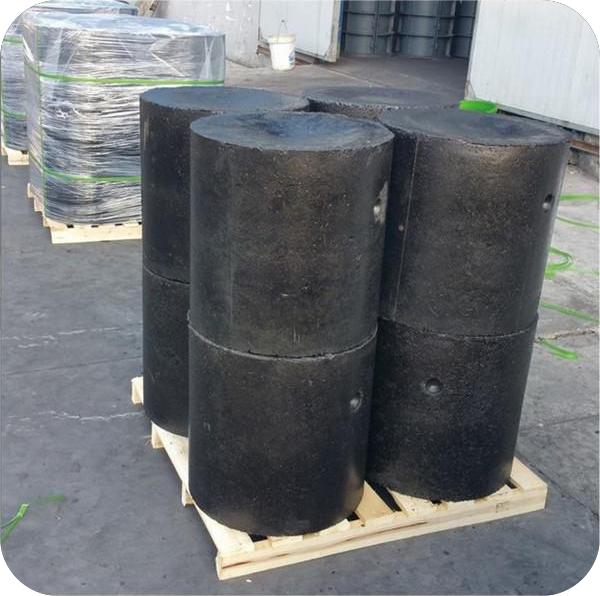Soderberg Electrode Paste Uses
Soderberg electrode paste is a vital component in the aluminum smelting industry, playing a crucial role in the electrolytic reduction process that transforms alumina into aluminum metal. This article explores the diverse uses and significance of Soderberg electrode paste in aluminum production.

1. Aluminum Smelting:
The primary and most critical application of Soderberg electrode paste is in aluminum smelting. In the Hall-Héroult process, alumina (Al2O3) is dissolved in a molten cryolite bath within an electrolytic cell. Soderberg electrode paste is used as the anode in this cell. When a direct current is applied, aluminum ions migrate to the cathode, where aluminum metal is produced, while oxygen ions migrate to the anode (Soderberg electrode), where carbon reacts with oxygen to form carbon dioxide. This process is essential for converting alumina into pure aluminum.
2. Conductive Properties:
Soderberg electrode paste is prized for its high electrical conductivity. It provides a stable and efficient electrical connection within the cell, allowing for the transfer of electrical current through the electrolyte. This characteristic is vital for maintaining the electrolytic reduction process and ensuring a consistent production of aluminum.
3. Carbon Source:
The carbon content in Soderberg electrode paste is critical as it serves as the carbon source for the electrolytic cell. During the process, carbon reacts with oxygen to produce carbon dioxide. This carbon dioxide escapes as gas, creating space within the paste for continuous anode feed. Maintaining the correct carbon content is crucial for the overall efficiency of aluminum production.
4. Temperature Control:
Soderberg electrode paste plays a role in temperature control within the electrolytic cell. The resistance to electrical current generates heat, which helps to keep the cell at the required operating temperature. Precise temperature control is essential for the aluminum smelting process to proceed efficiently.
5. Environmental Considerations:
The carbon dioxide generated by the combustion of carbon in Soderberg electrode paste is a greenhouse gas. Aluminum smelters often implement measures to capture and mitigate these emissions, contributing to environmental sustainability in the industry.





